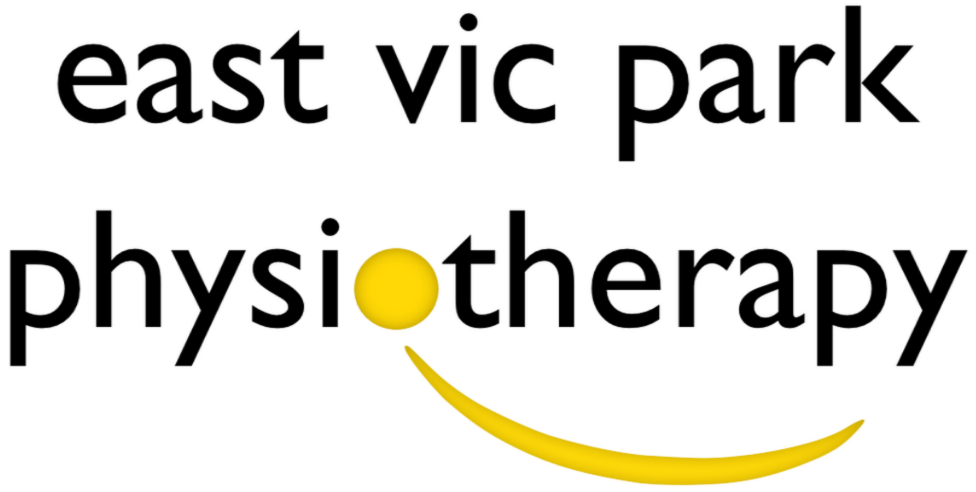The rotator cuff are a group of four muscles which provide stabilisation of the shoulder (glenohumeral) joint during movement. These muscles include the supraspinatus, infraspinatus, teres minor and the subscapularis.
The supraspinatus is involved in abduction of the arm (raising to the side), infraspinatus and teres minor external rotation of the shoulder and subscapularis internal rotation of the shoulder. Although Individually these muscles act differently, they provide the combined effect in balancing forces which assist with centering the head of the humerus within the socket and providing a compressive and thus stabilising force with co-contraction when using the arm. It assists the static the shoulder ligaments and labrum to provide overall stability to the mobile joint.
The Rotator Cuff Cable and Crescent
The rotator cuff cable is a key feature of the rotator cuff. The rotator cuff cable helps protect the rotator crescent. The rotator crescent represents the insertional fibres in the shoulder of both the supraspinatus and infraspinatus. Tears occur most commonly in the rotator crescent.
This region is protected by the rotator cable, which facilitates a transfer of load if any region of the rotator crescent is damaged, provided the rotator cable remains intact, thus ongoing function of the rotator cuff.
There are many instances where people have had scans of their shoulders, shown rotator cuff tears, but haven’t had traumatic incidents. These findings are quite common in people whom are asymptomatic, but also the protective mechanism of the rotator cable permits the ongoing rotator cuff function in the presence of a tear.
The presence of a rotator cuff tear on a scan is only one element of the patient’s presentation and therefore forms only one part of the assessment findings, which must also match the Physiotherapist’s assessment physical findings before a diagnosis can be delivered.



